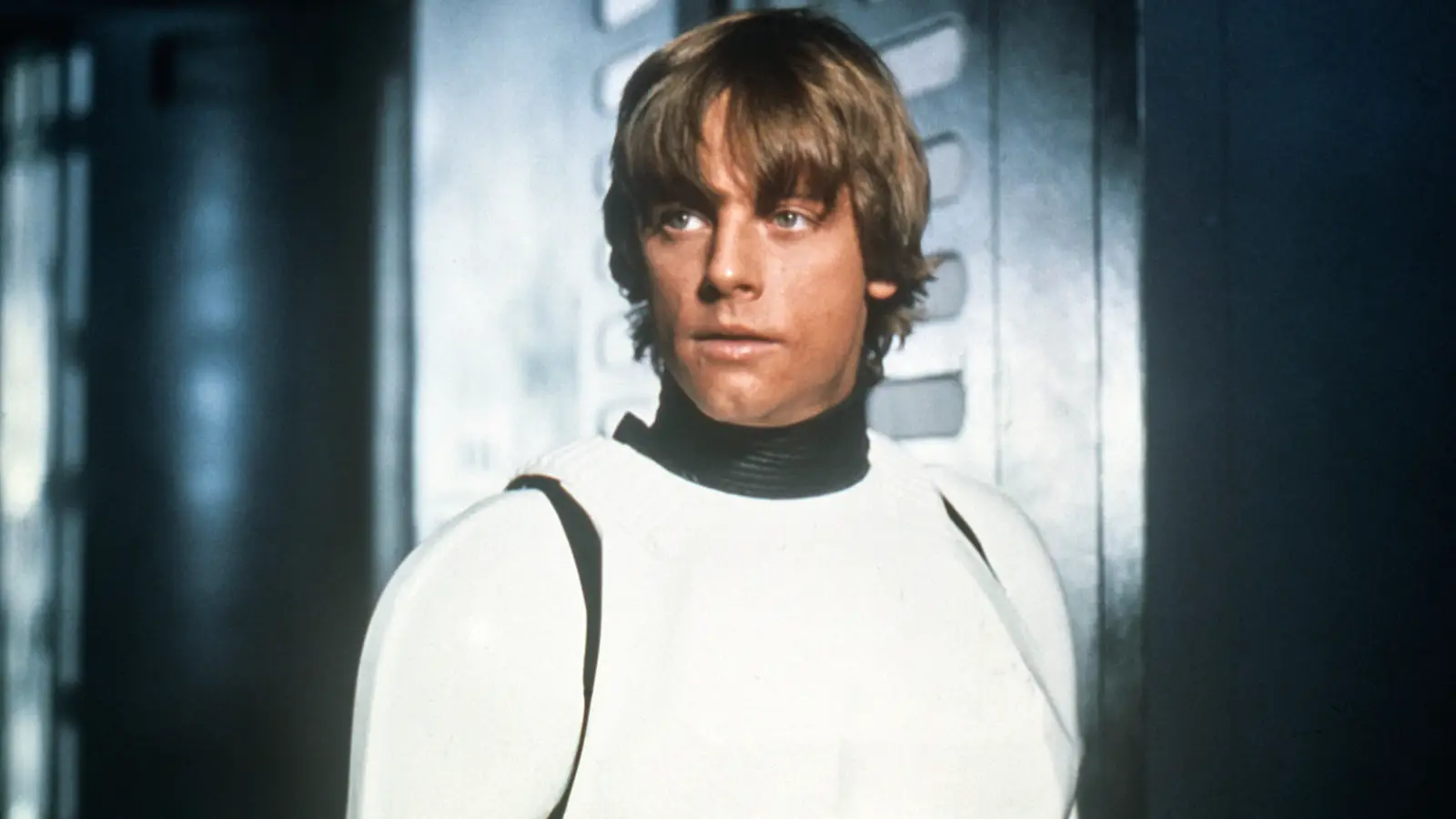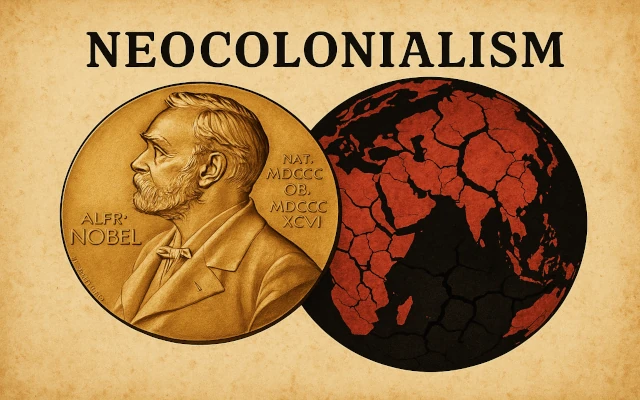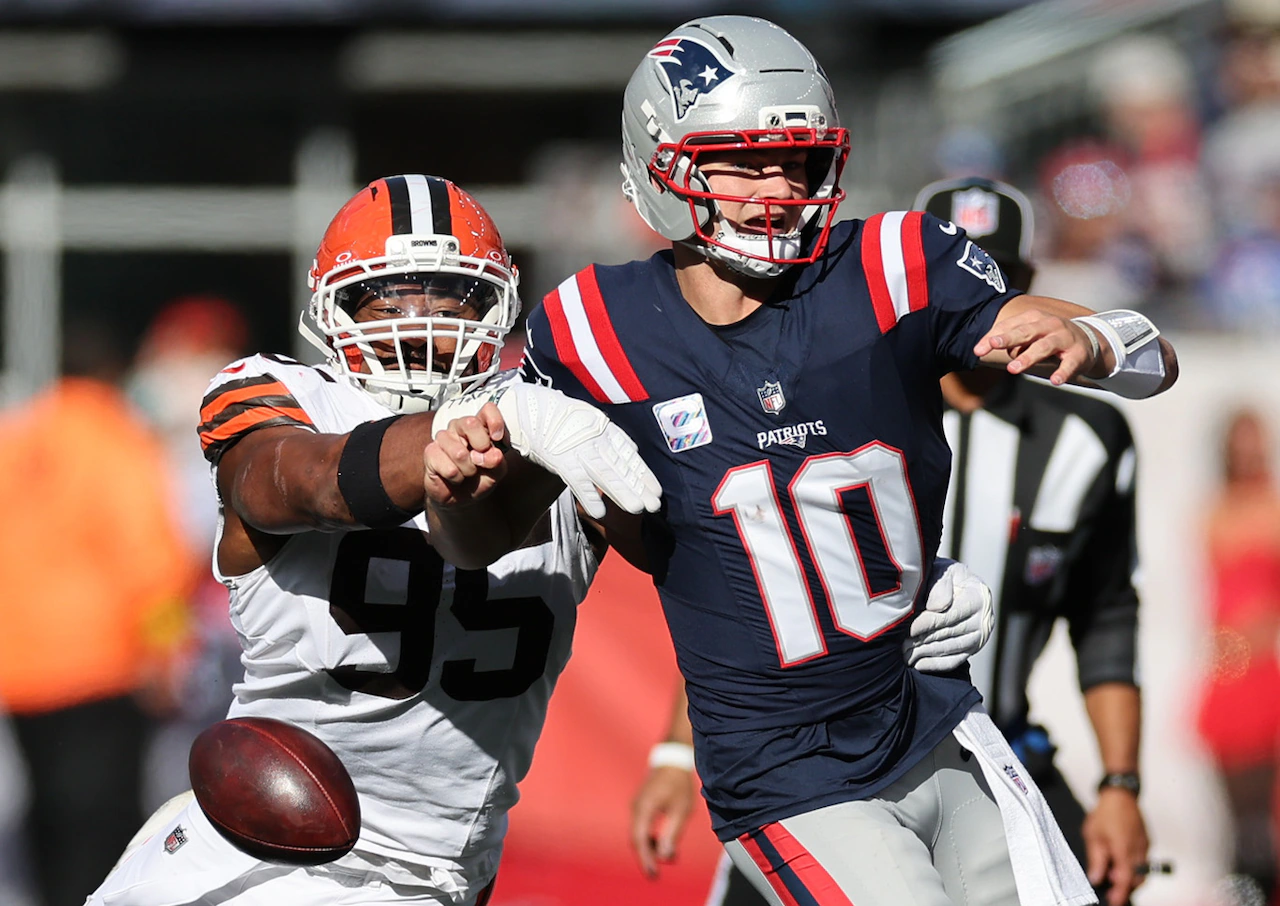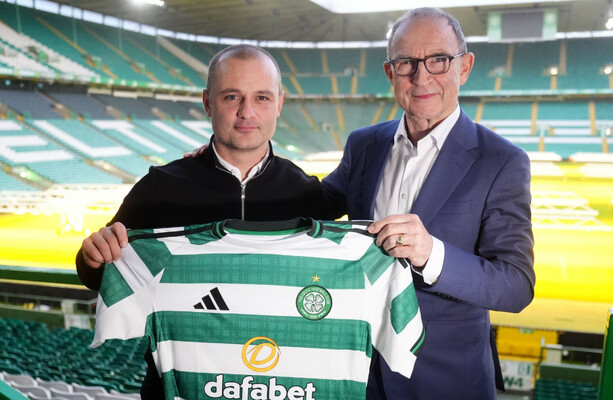Copyright Screen Rant

The Star Wars franchise's long climb back to movie theaters is nearly over. The past six years since The Rise of Skywalker concluded the sequel trilogy have been an endless cycle of announcements, delays, cancellations, and quiet de-prioritizations, to the extent that the number of filmmakers known for almost directing a Star Wars movie is as many or more than those who actually have. (Case in point: that list now includes Steven Soderbergh.) But the theatrical drought is coming to an end: The Mandalorian & Grogu, dated for May 22, 2026, is so real it has a trailer. It's happening. Although, as a continuation of an already established Disney+ series, it's not exactly the full-fledged revival fans are looking for. That distinction will belong to Star Wars: Starfighter, the only original project so far to have made it through the wave of development announcements to actual production, which began earlier this year. Shawn Levy and Ryan Gosling's project will carry a weight of expectation that The Mandalorian & Grogu simply doesn't, and it will be the one to determine where things now stand with general audiences. So, why is Disney upping the pressure even higher? A New Hope's IMAX Re-Release Could End Up Hurting Star Wars' Future October 23's IMAX investor presentation confirmed what fans already expected – Disney is putting two Star Wars movies on the biggest screens available in 2027. One is the aforementioned Starfighter, dated May 28. The other is A New Hope, the movie that started it all, re-releasing on April 30 for its 50th anniversary. The return of the original Star Wars movie is obviously exciting, especially in the IMAX format. With rumors swirling that Disney will be showing a new 4K restoration, perhaps of the original cut without George Lucas' years-later edits, it's likely this will be one of the theatrical events of the year. And the timing makes sense from a classic marketing perspective; the re-release will build anticipation and engagement ahead of the new film's debut. But it could also do the opposite. When it comes to these ongoing or rebooted franchises, modern fan culture devotes a great deal of energy to comparing how things are now to how they were back then – often unfavorably. The Disney Star Wars era has seen more than its fair share of this discourse, in that it seems to be relitigated with every new project. But those comparisons aren't exactly unfair when the timing of these releases practically invites them. When it originally came out, A New Hope was a phenomenon the likes of which Hollywood had never seen. It's a great, time-tested movie, and in 2027, audiences could be experiencing it in the best way it's ever been shown. Then, just a month later, they'll see what passes for a Star Wars film nowadays, with the original fresh in their minds. Even if it's not Episode 10, Starfighter is meant to be the start of a new chapter for the theatrical franchise, and after the past few years, I believe a film that recaptured some of that Star Wars feeling people miss would've been enough. But now, if Levy & Co. don't deliver something worthy of being juxtaposed with A New Hope, Disney will never hear the end of it. Anything short of greatness, and all the ways it doesn't measure up will be glaring. Re-releasing A New Hope seems like an easy win, but it's also incredibly risky. Starfighter's franchise revival could be over before it even starts.



